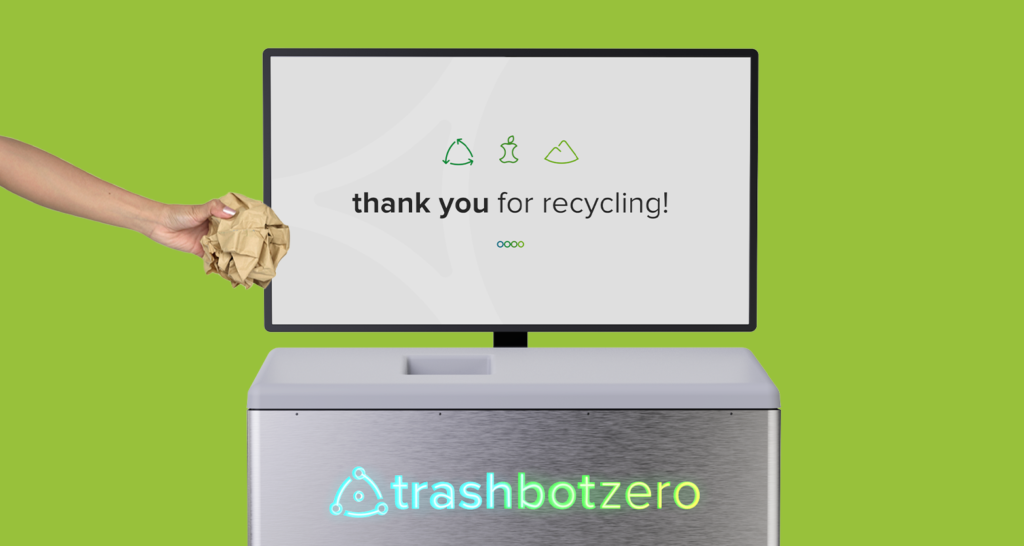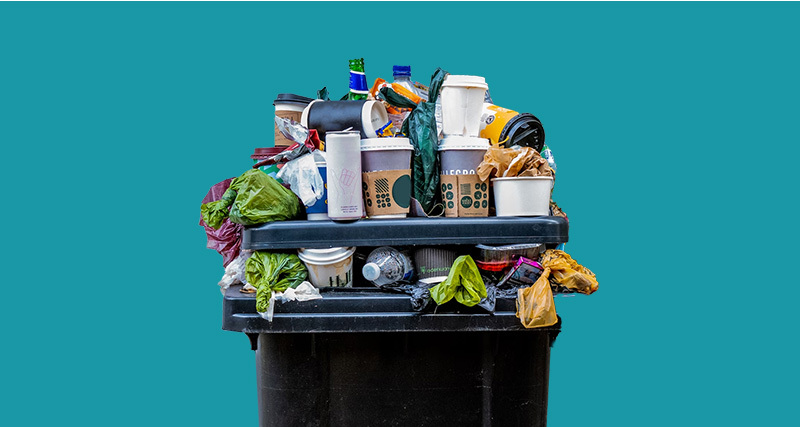When you know that recycling helps reduce GHG emissions, it can be surprising that faulty recycling can also contribute to GHG emissions and harm the planet. Most Americans agree on recycling’s importance. The circular economy stresses the reusability of products, but at the current rate, it’s not complete without recycling.
This article will discuss the reasons behind recycling failure, its effect on landfills, and the environmental impact of higher recycling rates.
Current Recycling Rates and Reasons for Recycling Failure
A non-profit group, Project Drawdown, conducted reviews of climate solutions, including recycling to reduce landfill emissions. After analyzing more than 80 different methods that could help the world against climate change, the recycling industry fell below the median. To make a true impact via recycling, it needs to be more effective.
There are many reasons why recycling isn’t working, despite the efforts. One primary reason is a lack of education. In a recent survey by Republic Services, 88% percent of the participants said that recycling is important, but nearly all failed the basic recycling quiz.
Another essential part of recycling is sorting, which is a complex procedure. People often mix recyclables with non-recyclables, leading to contamination of the entire stream.
Even if people recycle with good intentions, wishcycling can result in lower recycling rates. Wishcycling, or mixing recyclables with non-recyclables hoping they will get recycled, causes recycling contamination, which reduces the quality of the materials, and most (or all) of them end up in landfills.
Inadequate recycling facilities and infrastructure also make it harder to recycle. On the other hand, a constant influx of hard-to-manage materials makes it difficult for recycling facilities with aging infrastructure to manage the waste stream. It’s also economically feasible for facilities to opt for landfilling or incineration. Proper regulations and support from local governments can sort this issue and make recycling a reality for communities.

Landfills and the Environment
Landfills, or dumps, are places where materials are disposed. They’re generally divided into three categories: municipal solid waste landfills, industrial waste landfills, and hazardous waste landfills. Landfills are a major contributor to climate change and bring about hazards like toxins, leachates, and greenhouse gases.
Waste materials in landfills often contain toxin substances. Over time, the toxins leach into the soil and contaminate groundwater, becoming an environmental hazard. The liquid formed during the waste breakdown is also highly toxic and can pollute the land, waterways, and groundwater.
However, the largest environmental threat is greenhouse gases (GHG). When green waste and food scraps break down inside the landfills, they produce methane — a greenhouse gas nearly 25 times more potent than carbon dioxide (CO2). Concentrated methane is also highly flammable, making the landfill site a potential fire hazard.
How Much Emissions Currently Come from Landfills
It is estimated that one million metric tons of waste landfilled produces about 274,000 tons of CO2-equivalent. The EPA reports that MSW landfills are responsible for nearly 14.5 percent of human-related methane emissions in the United States. After settling in a landfill, the MSW undergoes an aerobic (oxygenated) decomposition stage, as methane is generated in small amounts. Typically, anaerobic conditions are established within a year, and methane-producing bacteria start decomposing waste and generating methane in the process.
How Successful Recycling Can Reduce Landfill Emissions
The EPA estimates that nearly 75% of landfill waste is recyclable. Any waste diversion techniques are important, and reduction, recycling, reuse, and composting can all help ease the burden on landfills. Project Drawdown’s list of climate solutions focuses on strategies that are feasible to adopt and have room for growth within the existing market. Recycling presents much room for growth, as it’s the best way to convert waste into reusable products. Currently, nine-tenths of all solid waste in the US does not get recycled. Recycling lowers the amount of waste going into landfills, conserves energy, and creates new jobs within the recycling and manufacturing industries.

The Environmental Impacts of Higher Recycling Rates
Recycling is among the few climate-friendly practices that can reduce carbon or landfill emissions and benefit the environment. Positive environmental impacts of recycling include:
• Energy conservation
• Reduced greenhouse gas emissions
• Protection of natural resources
• Reduced landfilling
• Jobs in the recycling and manufacturing industries
• Lower pollution levels and less litter
• Effective waste management and improved public health
It’s important to acknowledge that even committed recycling is not the solution and has clear limits. However, despite the carbon footprint of collecting, transporting, and processing, recycling is still less energy-intensive and one of our best options for reducing landfill volume.
Recycling technologies like TrashBot can help facilities avoid recycling contamination by sorting waste at the time of disposal. Recycling education is also vital – learning what you can and can’t recycle and paying attention to your waste disposal can reduce recycling contamination and make recycling more effective.
Bringing about change is a process that requires dedication and support. Recycling is a system that has been around for decades, and it remains the best way to manage circular materials at the end of their lives. Poor recycling wastes money, resources, and energy and will only increase emissions as landfills continue to fill up. Implementing government policies and regulations to incentivize recycling and improve recycling infrastructure and processing can lead to higher recycling rates, reduced landfill emissions, and a healthier planet.


